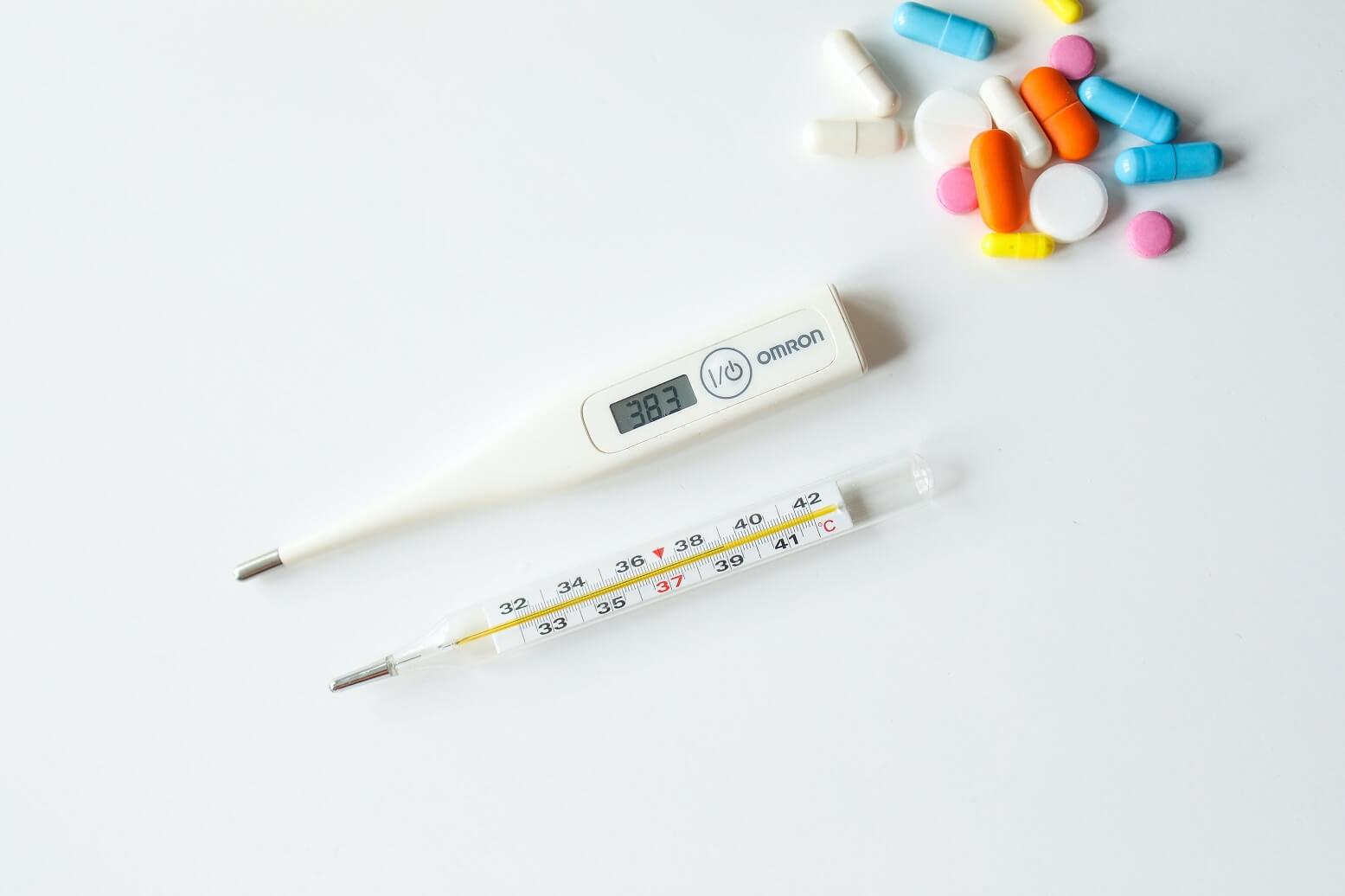Everything from food to life-saving medicine needs to be stored and transported at the proper temperature. Falling out of a certain temperature range can be significantly detrimental to precious cargo.
Fortunately, there are plenty of tools available to help keep cold cargo safe all along the cold supply chain. In this article, we’ll tell you everything you need to know about time-temperature indicators and their usage.
What Is A Time-Temperature Indicator
Simply put, a time-temperature indicator is a device that monitors the temperature of cargo over a period of time. They’re often used for the following applications:
- Cargo awaiting transport in a storage facility
- Food items moving from one place to another
- Raw materials
- Raw meats and other foods
- Live tissue, such as transplant organs
- Vaccines (such as measles or Covid-19 vaccines)
- Pharmaceuticals
- Semi-finished products
- Ready to eat foods
Temperature indicators (or time-temperature indicators/TTIs) are simple devices that use a chemical to change color as it monitors temperature fluctuations over a time period. There are single-use indicators that are prominently used in logistics, but more complex models of the device do exist. Along with temperature sensors and other tools, logistics managers can use these devices to detect and prevent damage.
Time Temperature Abuse Defined
Time-temperature abuse isn’t just a concern for food handlers and health departments. It can be the bane of existence for anyone operating within the cold supply chain. All sorts of essential items are transported within the cold chain.
Raw materials, meat, foods, medical supplies, pharmaceuticals, vaccines, and more make their way across the country through this essential process. Part of attenuating any potential damage is avoiding time and temperature abuse. In food safety, time-temperature abuse happens when food gets left out at room temperature for too long. This doesn’t really apply to cold chain transport much, but it reinforces a valid point: food during transport has to stay cold while it moves, otherwise it can become dangerous to consume. If it hits the temperature danger zone (between 40 and 140 degrees Fahrenheit, but if your truck is going over 40 degrees, you might have a mechanical or cooling problem!), it becomes the best environment for bacteria to begin growing. In pharmaceutical transport or medical transport, the danger zone is even more vital because it can mean the difference between safe transport and spoilage.
Indeed, one of the primary challenges facing medical suppliers during the pandemic was cold chain transport. So, understanding how to use TTI’s and monitor temperature becomes a critical aspect of moving supplies along the cold chain.
When To Use A TTI
So, when should you use a TTI/temperature indicator? Understanding the times when they’re most essential and knowing the answer to this question can be challenging. You should always plan to use a temperature indicator during shipping, checking it at the inspection or delivery points and replacing it as needed for the cargo heading to the next destination.
Temperature Ranges
Using a TTI is a fantastic method of monitoring your cargo for temperature problems and mishandling. But understanding temperature ranges is also an integral aspect of using the device. After all, monitoring cargo won’t make a bit of difference if you don’t understand temperature ranges and what they mean. Although temperature ranges can be customized, the typical ranges are as follows (all in fahrenheit):
- 0°F
- 32°F
- 41°F
- 50°F
- 68°F
- 77°F
- 86°F
- 99°F
Each tag will monitor the temperature throughout its specified range, turning darker red as the cargo heats up. Some tags even have a time range that will darken when the temperature rises.
Compliance Standards
Although the average consumer likely has little knowledge of the heady compliance standards that keep the cold supply chain operating smoothly, the fact is there are a lot of standards to comply with throughout cold chain logistics. Maintaining these standards comes down to safe handling, monitoring, and preventing time-temperature abuse of your cargo. The FDA has several regulations in place, including 21 CFR 205.50, which states the “Minimum requirements for the storage and handling of prescription drugs and for the establishment and maintenance of prescription drug distribution records” that governs how pharmaceuticals are shipped and stored. Other regulations involve food storage, distribution procedures, and safe handling of everything from raw foods to Medical supplies. Compliances critical when operating in the cold chain and logistical spaces, so be sure to understand what’s required as you help get things to their destinations.


